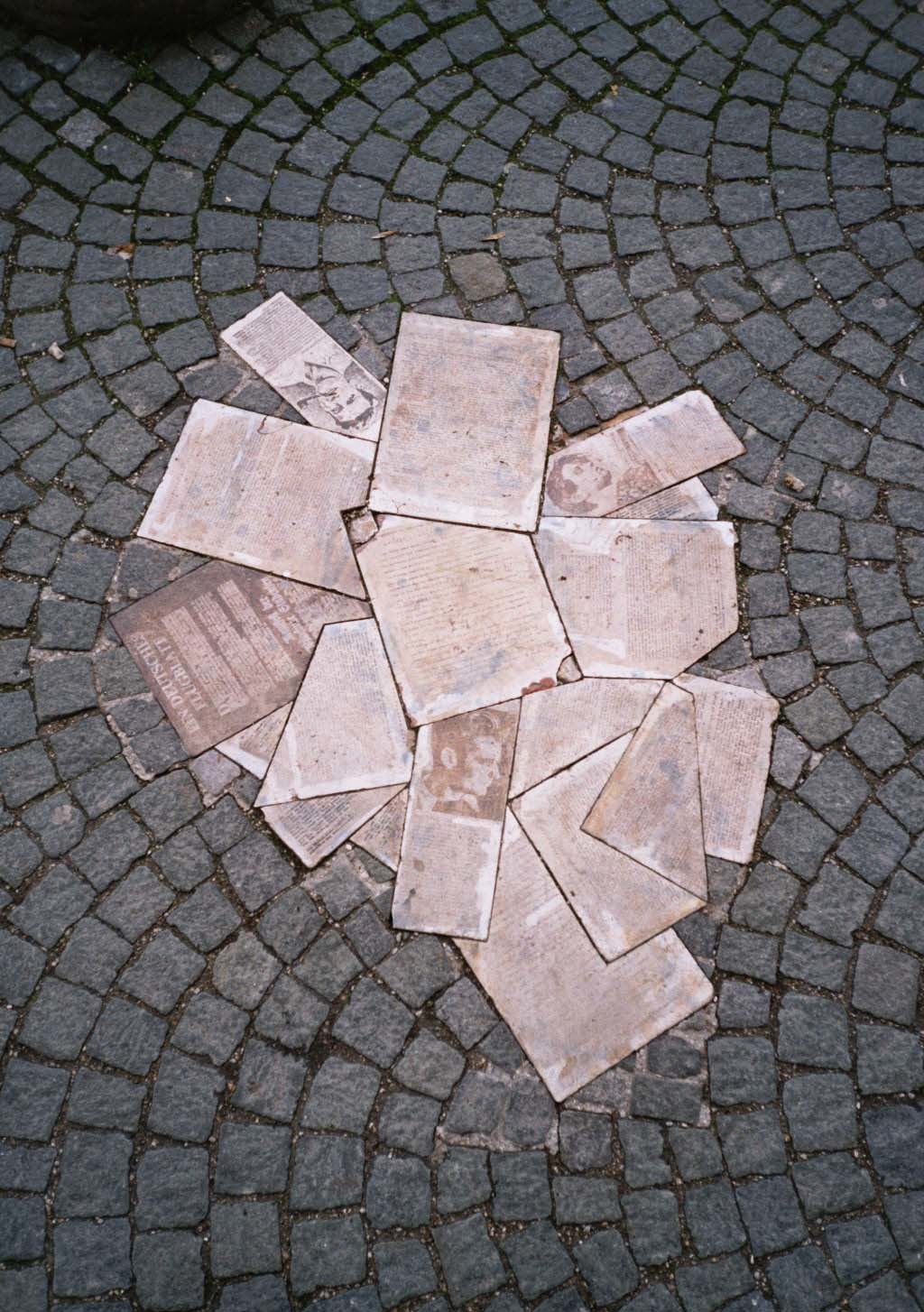Third Reich facts help us to understand the past. Whilst visiting Munich I highly recommend a visit to the Weisse Rose memorial at the University of Munich.
The new exhibition gives a background to the resistance against the Nazi Regime. The exhibit presents the war crimes and brutality and defiance to those who opposed the system accurately.
I feel this memorial as a very moving place in Munich. I didn’t list in my ‘Best things to do in Munich’, but I would suggest you add it.
Learning about the resistance will help to see both sides of the society from this time. First the Nazis and their crimes, second the untold ruth in newspapers and how this lured the folk to the Nazi Party.
You can find the memorial located in the Maxvorstadt district, on the Ludwigstraße with local public transport links, making it a great place to visit on rainy days in Munich. You can find more information about how to get to the memorial at the end of the blog.
Located in the Maxvorstadt district of Munich, it is a 20-minute walk from the city center (Marienplatz) or 4 minutes Metro journey.
Address
DenkStätte Weiße Rose (White Rose memorial exhibition) am Lichthof Ludwig-Maximilians-Universität
Geschwister-Scholl-Platz 1
D-80539 München
By Public Transport
Metro Lines U3 and U6 – stop “Universität” (University)
Opening hours:
- Monday – Friday: 10 a.m. to 5 p.m.
- Saturday: 11.30 a.m. to 4.30 p.m.
- Sunday: Closed
Background to The Weisse Rose Group and other third reich facts
The Weisse Rose (White Rose) movement was non-violent resistance. They were a resistance group during the Nazi regime in Germany during the Second World War. Most important of them was their knowledge about the events on the war fields.
The group was led by Professor Huber and a group of students from the Ludwig Maximillian University of Munich. They wrote and printed and distributed leaflets.
These leaflets condemned the Nazi Party, its crimes and persecution, calling for resistance. Most importantly, in their second of six publications, the group condemned the persecution of the Jews.
Less than a year after their first group activity, the core of the group were arrested by the Gestapo in February 1943.
Subsequently, with other members and supporters of the group, they faced trials in the Volksgerichtshof (Nazi’s People Court), where many of them were sentenced to death or imprisonment.

The Scholl siblings, known for leaflet dropping in the university’s main atrium, were executed by beheading on 22nd February. However, their 6th and final leaflet were smuggled to allied troops. Those allies after that dropped copies of this leaflet out of planes across Germany.
I also suggest for those who are interested in this theme to see the movie from Percy Adlon about Sophie Scholl.
The Weisse Rose memorial
A collection of bronze leaflets on the floor symbolizes the efforts of the members of the group. They spread information on the Nazi Party’s evil crimes and oppression. They suffered torture by the Gestapo. Later, judged in the court in Munich and finally were executed. Near the Main Station.
The exhibition displays the biographies of the members of the White Rose group in both German and English. Entrance to the memorial and exhibition is free, however, donations are welcome.
How to get to the memorial
In conclusion. the memorial is a great place to see in Munich, a place that I find extremely moving and informative. I enjoyed learning about the opposition to the Nazi Regime in Germany. If you would like to learn more about the Third Reich, write me and I’ll answer your questions.